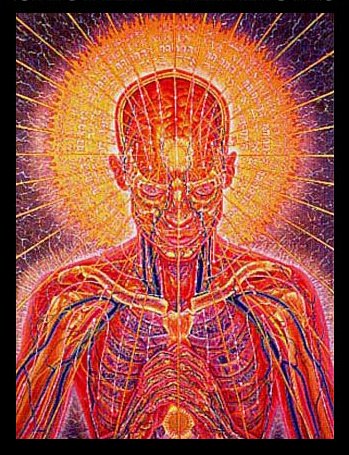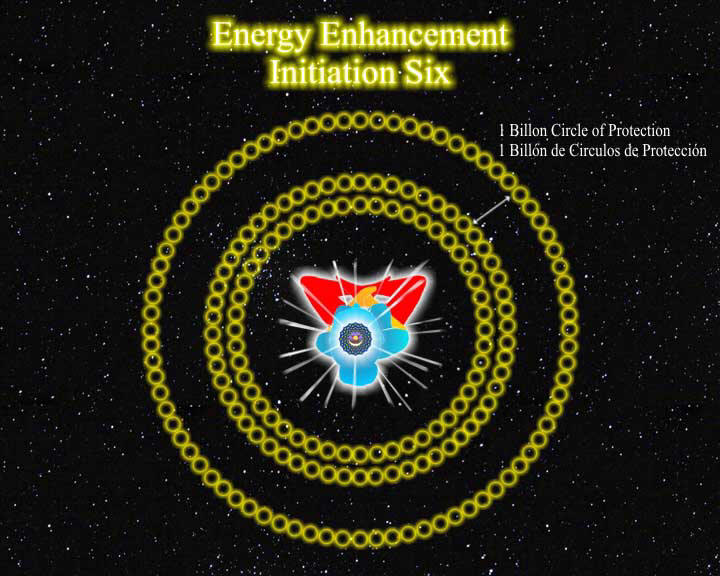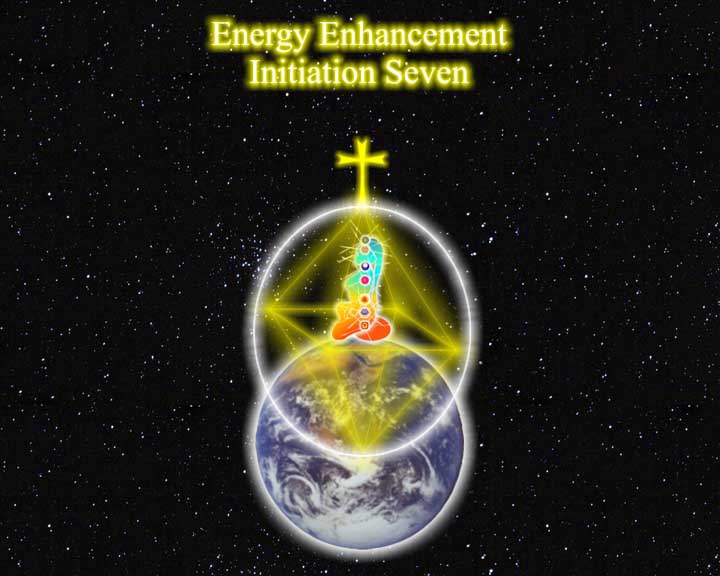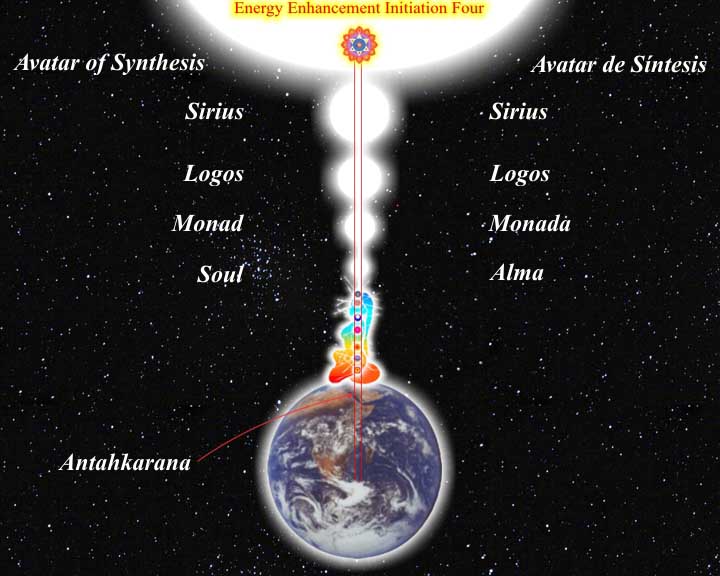An Introduction to Hatha Yoga Asanas
 PAGE
CONTENTS.
PAGE
CONTENTS.
The Experience of HOLISTIC UNITY: Within and without.
Many people associate asanas with gymnastic exercises or body building techniques. This is a totally wrong concept, for asanas are neither designed specifically to make a person 'throw his body about' or to develop huge, unnecessary muscles.
Yoga means the experience of oneness or unity with your inner being. This unity comes after dissolving the duality of mind and matter into the supreme reality. Asana means a state of being in which you can remain steady, calm, quiet and comfortable, physically and mentally.
In the ancient text on yoga by Patanjali, called the Yoga Sutras, there is a concise definition of yogasanas: Sthiram sukham asanam meaning 'that position which is comfortable and steady'. So we can see that yogasanas in this context are practised to develop the person's ability to sit in one position without discomfort for extended lengths of time, as this is necessary during meditation.
Asanas can also be performed for curative or health reasons. By gently stretching the muscles, massaging the internal organs and toning the nerves throughout the body, the health of the practitioner can be wonderfully improved and many diseases, even the so-called 'incurable' ones can be eliminated or eased.
Yogasanas and other Health Systems.
>Hatha yoga asanas have been specifically designed to increase the amount of sattva guna in our system: body, heart, and mind. At the same time they balance our system and decrease the levels of tamas and rajas guna.
Yogasanas have a deeper significance value in the development of the physical, mental and emotional personality, whereas pure exercises only have a physical effect on the muscles and bones. Physical exercises are performed quickly and with a lot of heavy breathing. The acrobatic, gymnastic exercises and weight lifting systems are suitable for healthy people to develop large muscles or flexibility.
Very large muscles, in particular, require more nutrition and a greater supply of blood. Consequently, the heart and respiratory system have to work much harder. In this way there is exhaustion of vital energy. After doing these exercises a young person may feel very fit and healthy. But as he grows older, the bodily functions slow down; problems of stiffness and rheumatism start to occur due to overuse of the cartilage in the bone joints.
The overdeveloped muscles become flabby and lose their firmness; the muscle tissue turns into fat. Even a young person, if he discontinues his body building practices for a month or more, will rapidly accumulate fat in place of his bulging muscles.
Gymnastic exercises, weight lifting and other body cultures are not suitable for everyone. A sick or weak person, small children or old people certainly cannot do them. Furthermore, they do not provide the relaxation and rejuvenation which people need. Are asanas different?
Yes, they are completely different and far more comprehensive. Yogasanas are performed slowly with relaxation and concentration. In this way, both the external and internal systems are influenced, so that the nervous system, endocrine glands and internal organs as well as the muscles are encouraged to function properly. Thus asanas have a physical and psychosomatic effect which is helpful in curing infirmities. They can be done by both healthy and unhealthy people, young and old. They are most useful for both concentration and meditation. Other systems of physical culture increase the toxins in the body, whereas asanas reduce the toxin level.
General Benefits.
Physical.
The important endocrinal system is controlled and regulated so that the correct quantities of the different hormones are secreted from all the glands in the body. This has repercussions on our physical well being as well as on our mental attitude towards life. Even if one gland is malfunctioning, a noticeable loss in health may be experienced.
Therefore, it is of utmost importance that this system is maintained at peak condition. Diseased organs can be repaired, rejuvenated and encouraged to carry out their normal duty through regular practise of asanas. The muscles and bones, nervous, glandular, respiratory, excretory and circulatory systems are coordinated so that they help one another. Asanas make the body flexible and able to adjust itself easily to changes of environment.
The digestive functions are stimulated so that the correct amount of digestive juices (saliva, enzymes etc.) flow. The sympathetic and parasympathetic systems are brought into a state of balance so that the internal organs they control are neither overactive nor underactive.
To summarize, we can say that asanas maintain the physical body at optimum condition and encourage an unhealthy hodv to become healthy.
Mental.
Asanas make the mind strong and able to endure pain and unhappiness. The power of determination and concentration are developed. Equilibrium and vitality become the normal state of mind after regular practise of asanas. You will be able to face the sorrow, anxieties and problems of the world with peace, without being disturbed.
Stability of mind is developed, life becomes easy and difficulties become stepping stones to perfect mental health.
The practice of asanas releases the dormant potentialities, so that a man is able to radiate confidence and inspire others by his speech, behaviour and actions.




